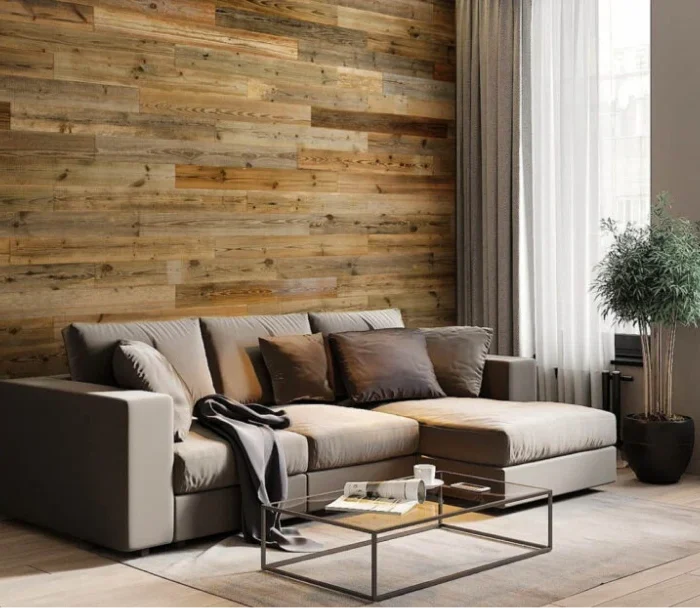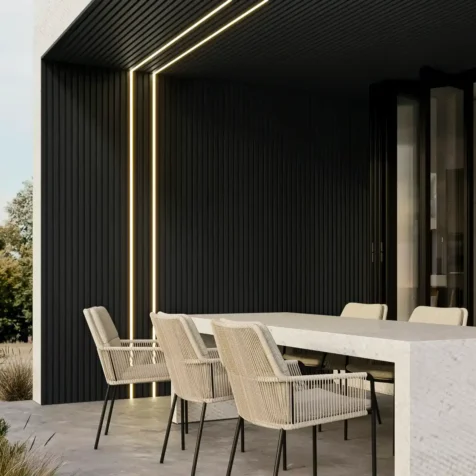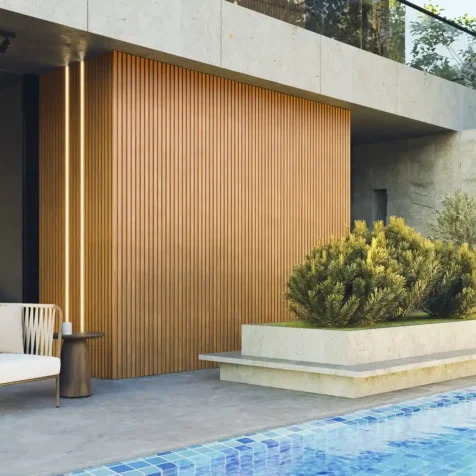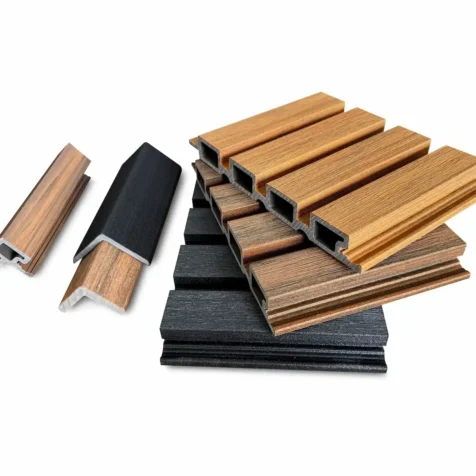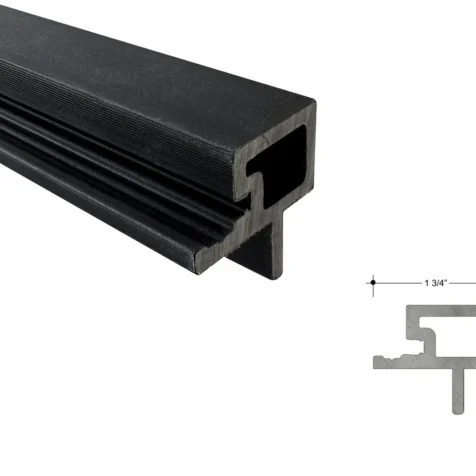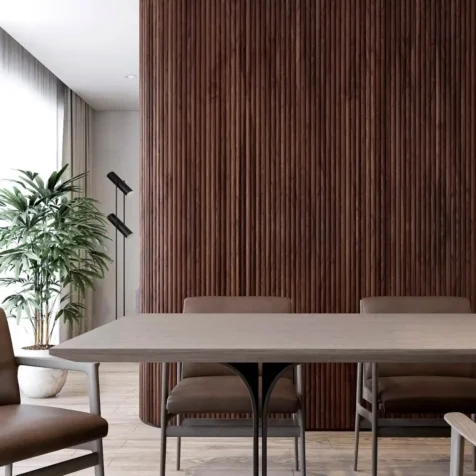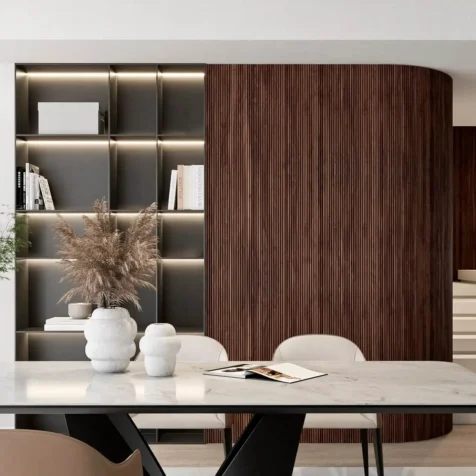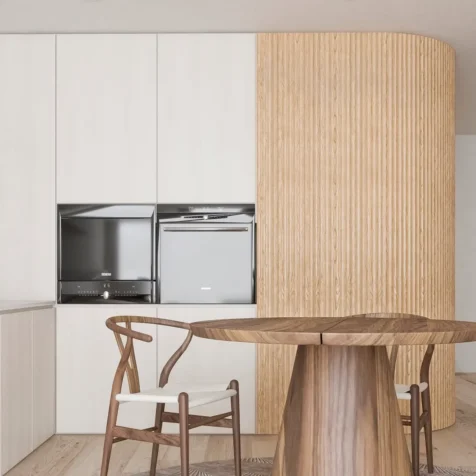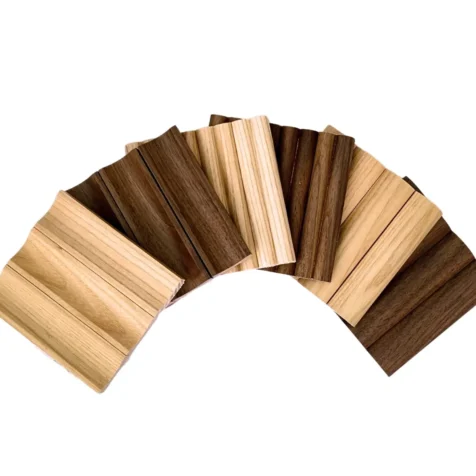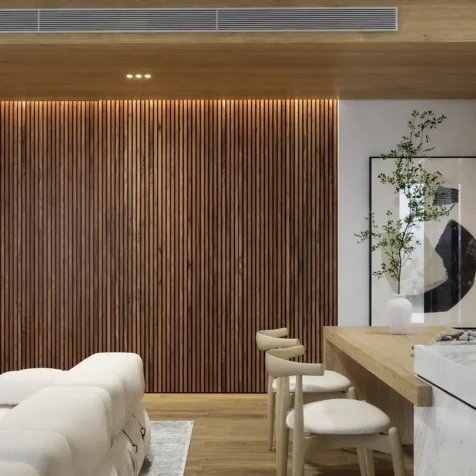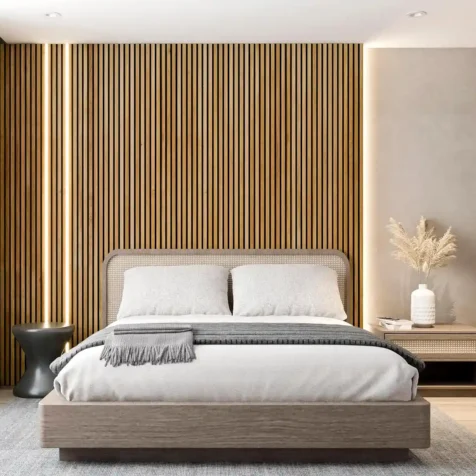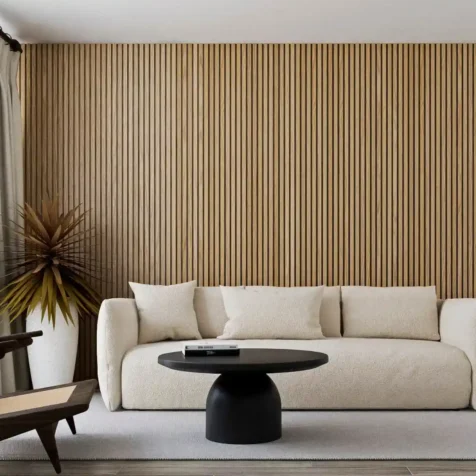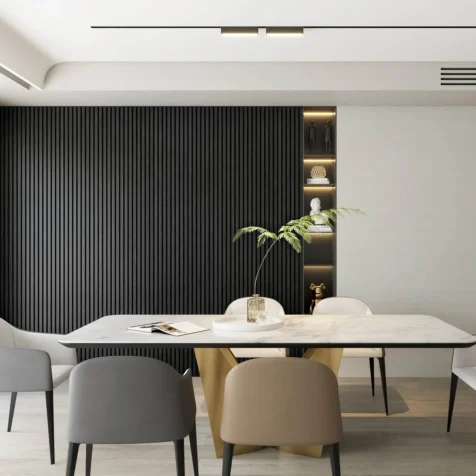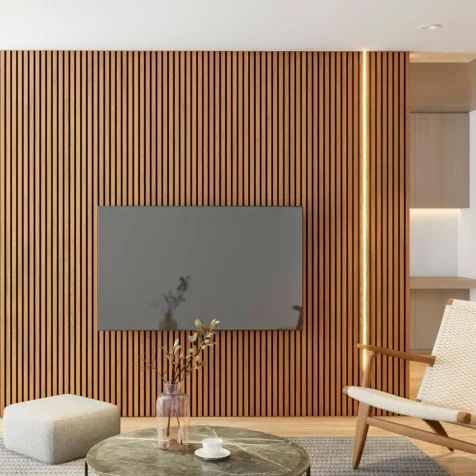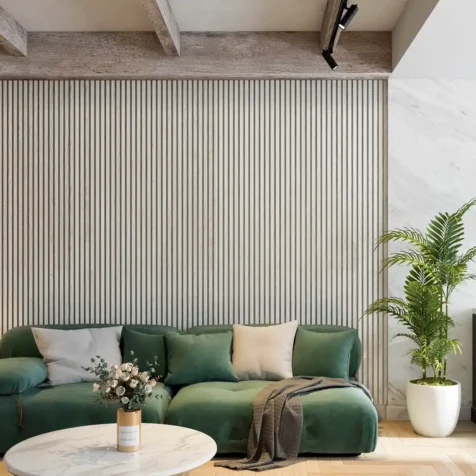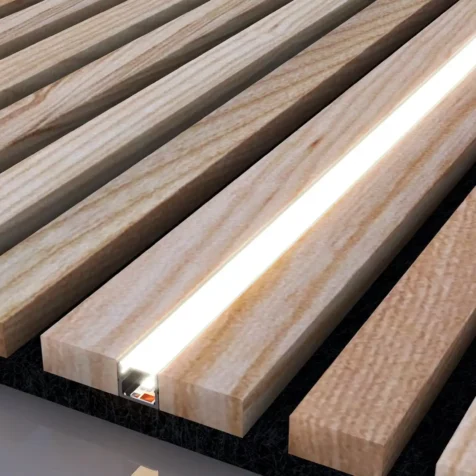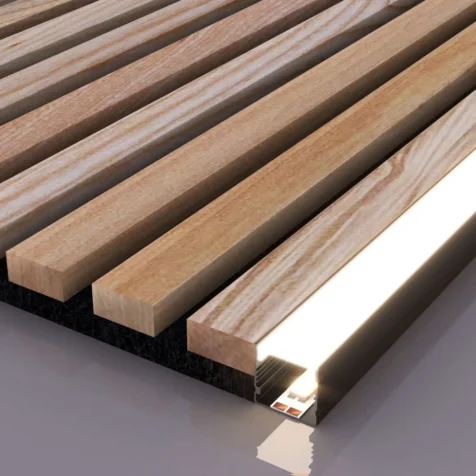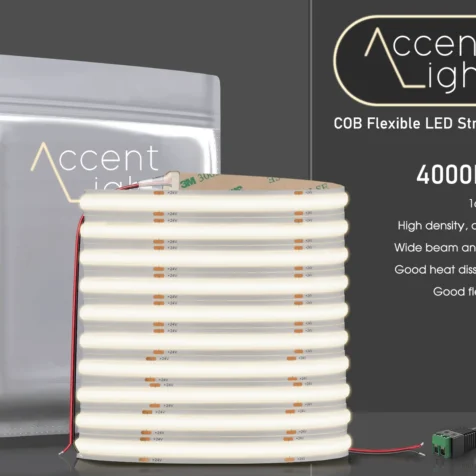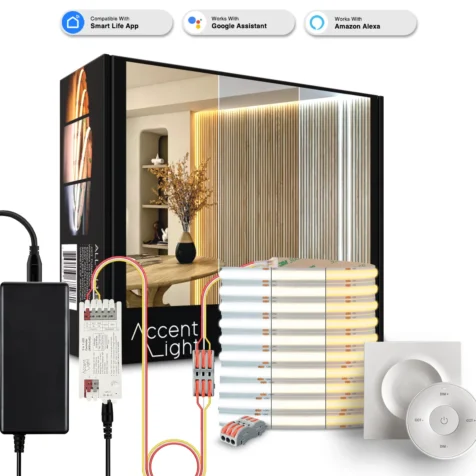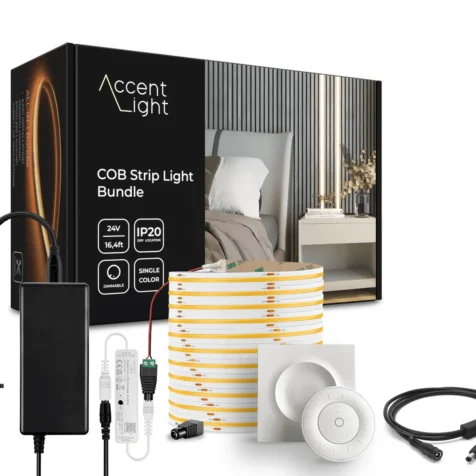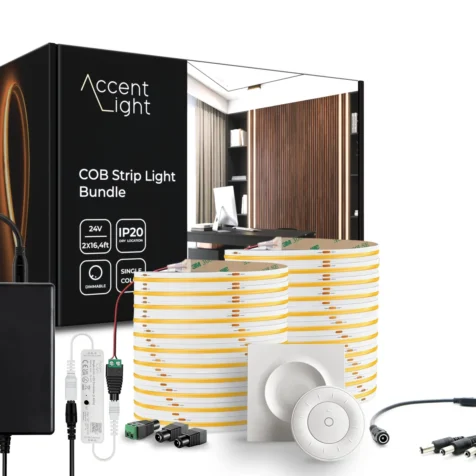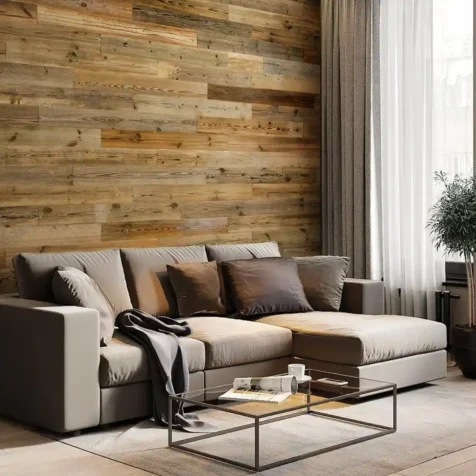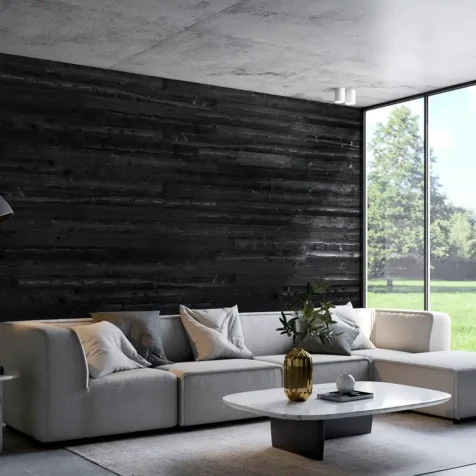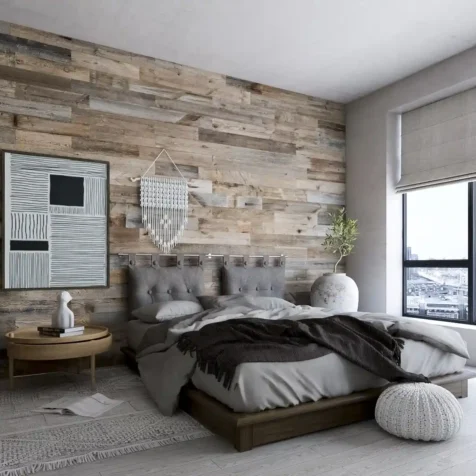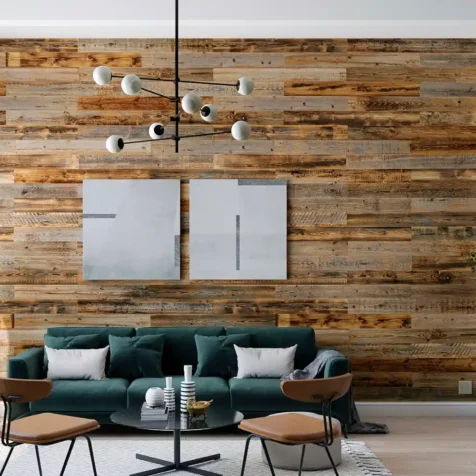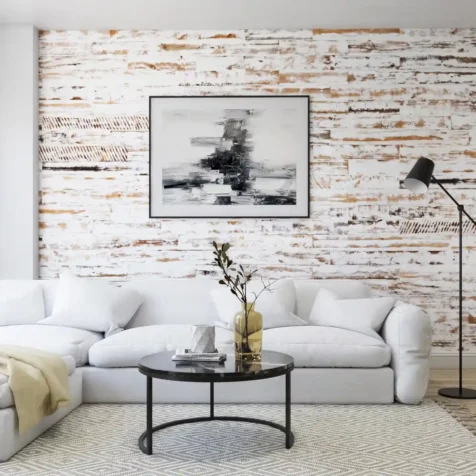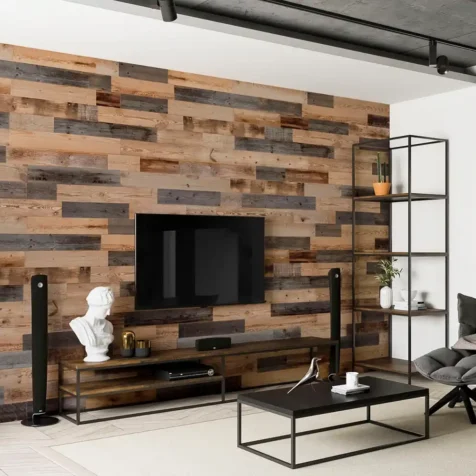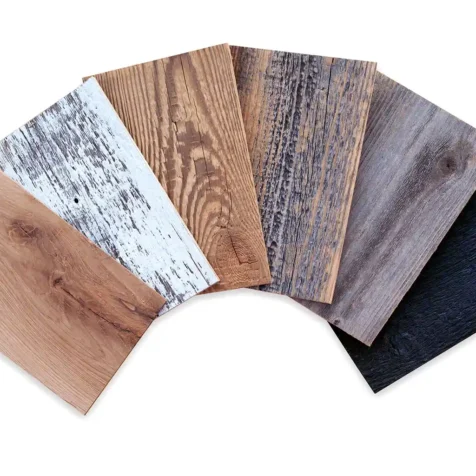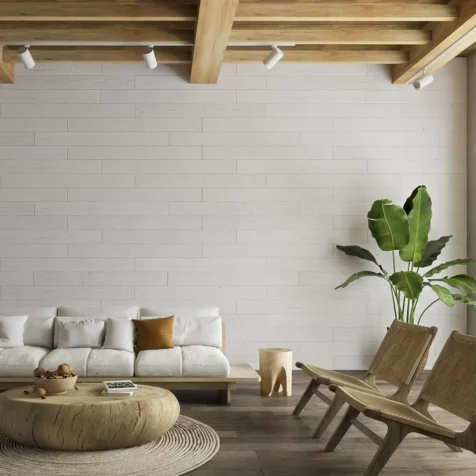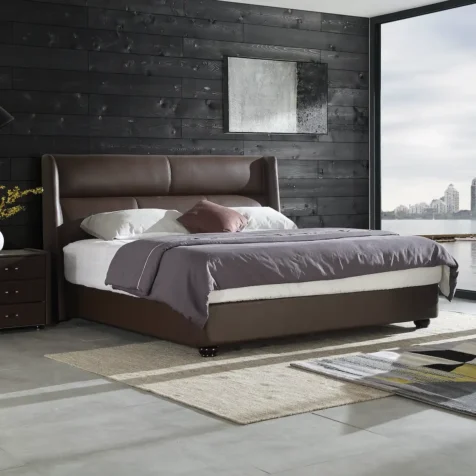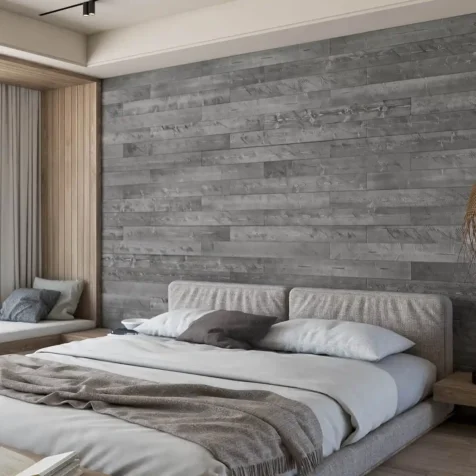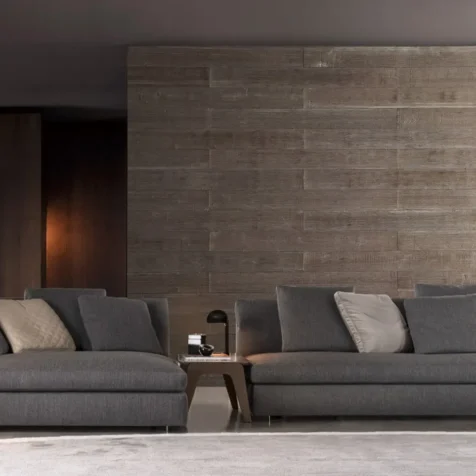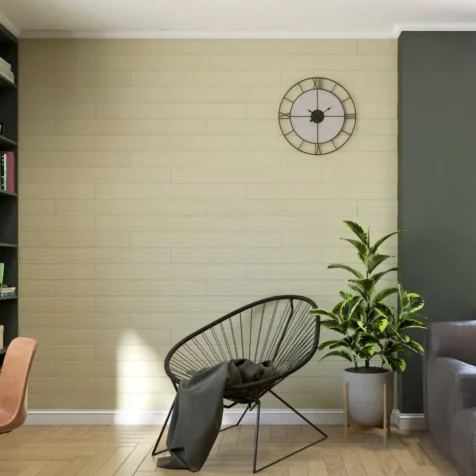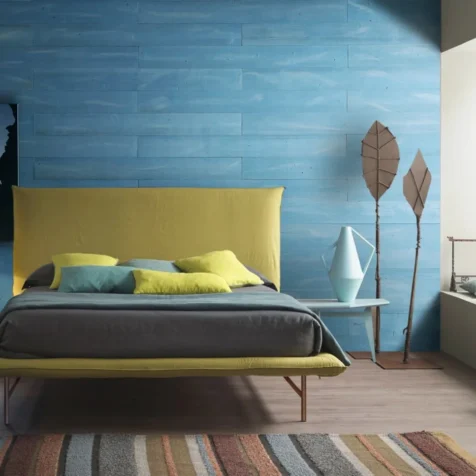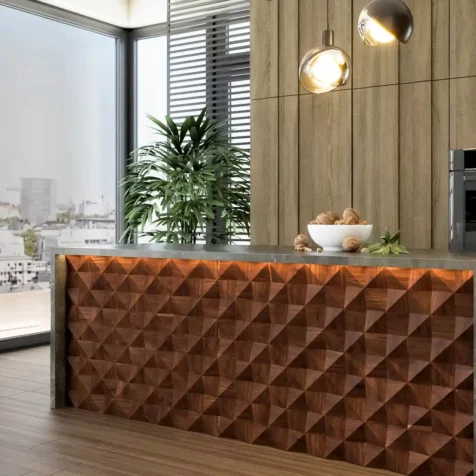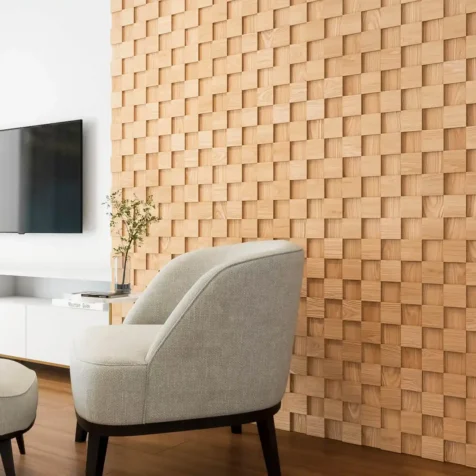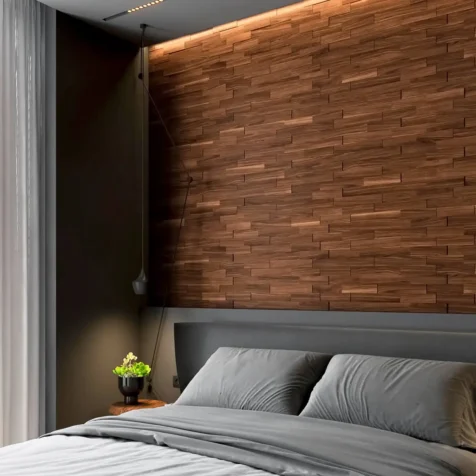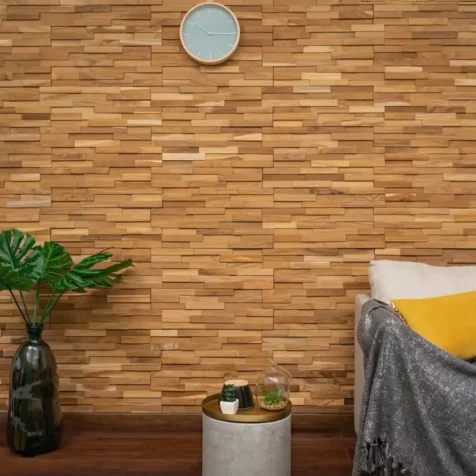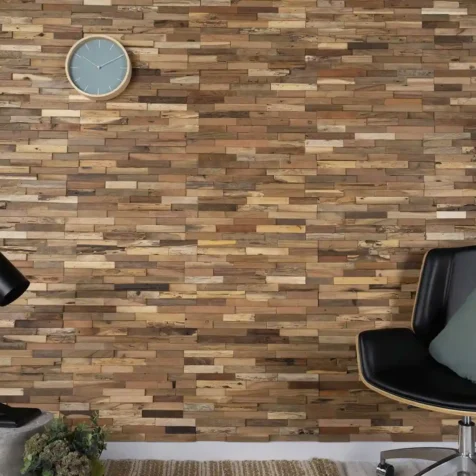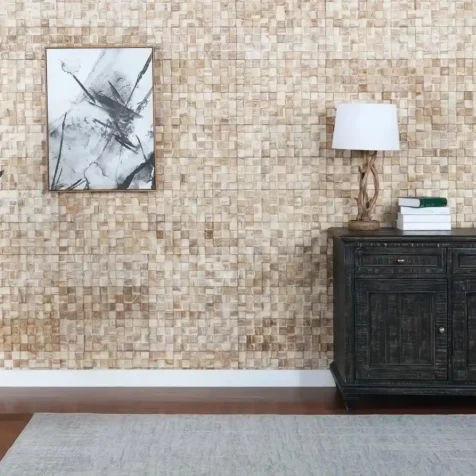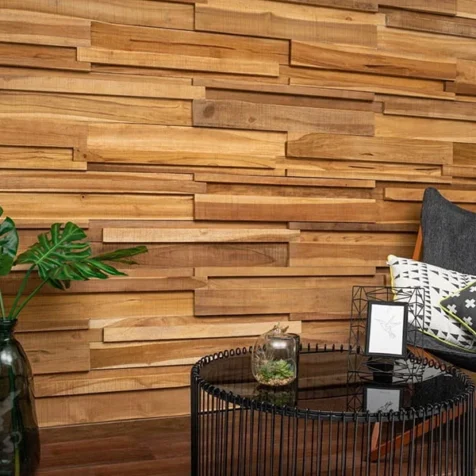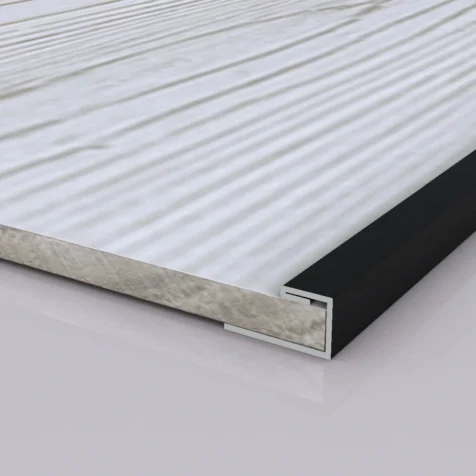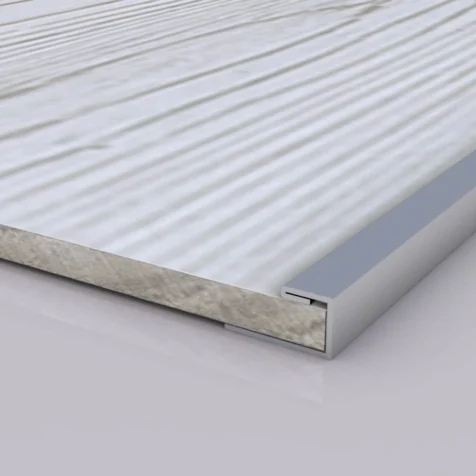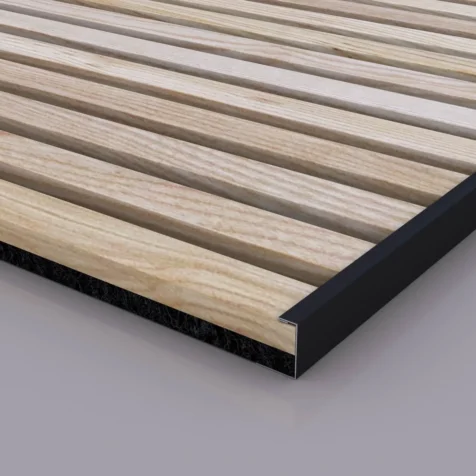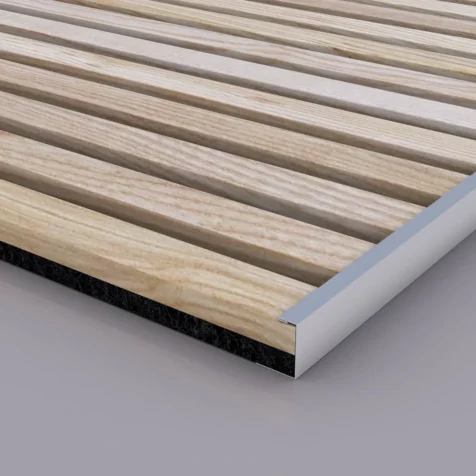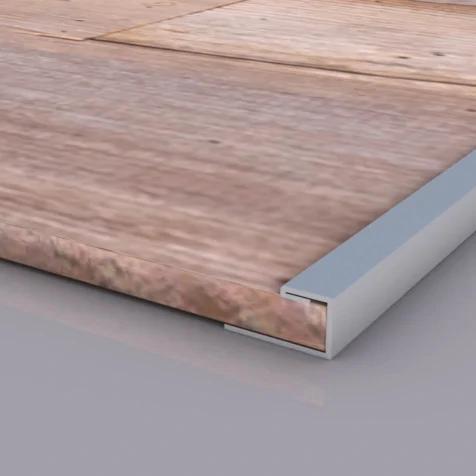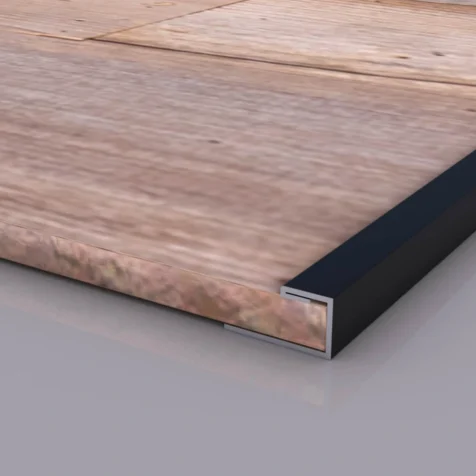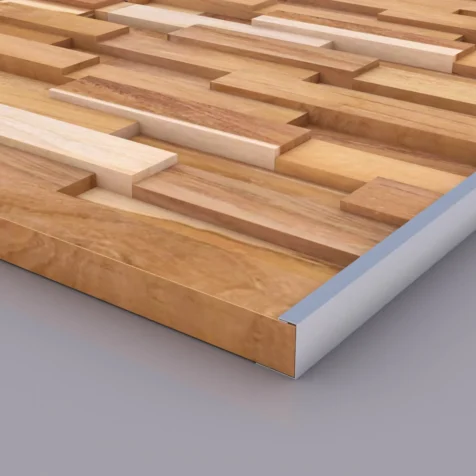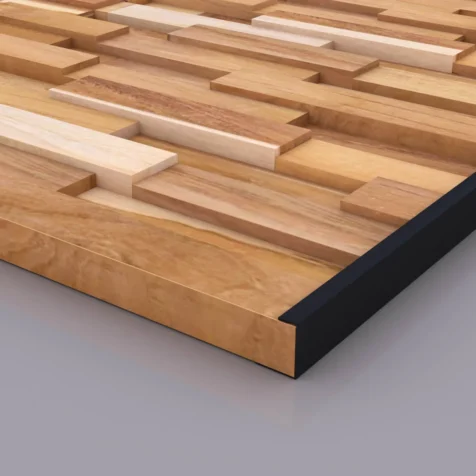Beadboard vs Shiplap: Learn the Key Differences
When considering wainscoting options, homeowners often choose styles with beadboard and shiplap for distinctive looks and various design purposes.
This article provides a detailed comparison of beadboard vs shiplap to help you choose the right option for your space. Whether you are remodeling a kitchen, adding character to a bathroom, or creating a feature wall, you should understand the differences between these two styles.
Understanding Shiplap and Beadboard
When comparing beadboard vs shiplap, it’s important to understand the unique characteristics and design features, which can help you choose the right style for your home.
What is Shiplap?
Shiplap wall panels have gained popularity recently, but its roots go back to traditional wood paneling. It offers a distinctive texture and rustic appeal that works well in various settings.

- Texture: Shiplap consists of wooden boards with an overlapping joint along the edges. This overlapping design allows the boards to fit tightly together, providing excellent protection from external elements.
- Color: Shiplap is often installed horizontally, offering a rustic, warm appearance that exudes a farmhouse vibe. It is commonly available in neutral colors, especially whites and grays, to match various interior styles.
- Uses: Shiplap’s versatility extends to ceilings, kitchens, and wainscoting, making it a favored option for adding character and texture to a room.
What is Beadboard?
Beadboard is a classic paneling option that adds elegance to any space. Its timeless vertical ridges and refined aesthetic make it a perfect fit for wainscoting and more.

- Texture: Beadboard paneling comprises evenly spaced vertical boards with a ridge or “bead” running between them. This groove adds depth and texture to any wall or surface it adorns.
- Color: With its timeless design, beadboard offers a classic, sophisticated look. It is typically painted in neutral tones but can also be customized in various colors to suit different design styles.
- Uses: Beadboard is often used for wainscoting in bathrooms, kitchens, and hallways. Its clean, vertical lines create a subtle texture for backsplashes or entire wall installations.
What is The Difference Between Beadboard vs Shiplap?
When comparing shiplap vs beadboard, the differences lie in appearance, versatility, cost, installation, and maintenance. Here’s a detailed breakdown:
| Beadboard | Shiplap | |
|---|---|---|
| Appearance | • Features tight-fitting, vertical grooves, creating a refined, elegant finish. | • Сreates a horizontal rustic appearance separating each plank lightweight beveled. |
| Versatility | • Beadboard is commonly used for wainscoting applications in bathrooms, kitchens, and ceilings.
• It can be used for vertical and horizontal paneling and backsplashes. |
• Shiplap is versatile, appropriate for use in nearly all areas of the house including kitchens, bathrooms and living rooms.
• It can also be used on ceilings to add a unique touch to any space. |
| Cost | • About $1,325, or $7 to $20 per square foot, depending on the material and labor costs | • Average installation cost of $1,000, or between $2.50 and $7 per square foot. |
| Ease of Installation | • It calls for good measuring and placement for a perfect look. | • It is easier to install because of its overlapping feature.
• It can even be installed over existing drywall, which simplifies the process. |
| Maintenance | • Beadboard naturally contains grooves in which dirt settles and requires regular cleaning.
• Areas like bathrooms that are more prone to moisture must be properly sealed to prevent warping or damage. |
• Shiplap collects dust in its grooves and requires regular cleaning.
• It is durable and can remain beautiful for years if properly taken care of. |
| Longevity | • After some time, if the wood is exposed to moisture, it will begin to bend, which is not very good for places with humidity. | • Shiplap is built to withstand the elements and is highly durable.
• For interior and external use, it is particularly recommended for wet conditions. |
| Pros | • Adds a decorative element while protecting walls from dings and scratches.
• It is advantageous for spaces exposed to high-traffic activities and interaction with furniture. |
• Shiplap adds a rustic charm to any room and is versatile enough to be used throughout a house.
• It is also relatively easy to install, even for DIY projects. |
| Cons | • The process of putting up and taking down the beadboard is very labor-intensive.
• The grooves also require frequent cleaning, and the material may need to be fixed in humid conditions. |
• Dust collects in the gaps between shiplaps, which requires frequent dusting.
• Painting shiplap can be tricky due to the beveled edges, which may require multiple coats for complete coverage. |
Wainscoting vs. Beadboard vs. Shiplap
Shiplap features a rabbeted edge that allows the boards to overlap slightly, creating tight, evenly spaced horizontal lines. Its clean, uniform look makes it a versatile choice for full walls, ceilings, or accent areas. Beadboard is a type of wainscoting made up of narrow vertical planks separated by distinctive raised “beads.” While beadboard is most often used to cover the lower portion of a wall for a cozy, traditional look, shiplap offers more flexibility in placement and fits a wide range of design styles.
Shiplap vs Beadboard: Which Suits You Best?
Choosing between beadboard and shiplap comes down to personal preference and the specific needs of your space.

Consider the following factors:
- Your Taste: Shiplap may be better if you prefer a rustic farmhouse look. On the other hand, if you appreciate a classic and elegant style, the beadboard’s timeless appeal might suit you better.
- Space: Shiplap works well in large and small rooms, while beadboard, due to its protective qualities, is ideal for areas prone to impact, such as dining rooms and hallways.
- Installation Requirements: Shiplap’s simple installation process makes it a go-to for DIY projects, whereas beadboard requires more precise measuring and attention to detail during installation.
- Maintenance Needs: Beadboard may be easier to maintain in areas with low humidity, while shiplap’s durability makes it a better option for moisture-prone spaces.
Beadboard vs Shiplap with Woody Walls
The main differences between beadboard and shiplap lie in their texture and installation process. Beadboard offers a sophisticated look with its vertical grooves, while shiplap, with its horizontal planks, provides a rustic charm.

Woody Walls offers various high-quality wood wall paneling options to suit any design style. Whether you want to create a cozy, rustic retreat with shiplap or add classic elegance with beadboard, our premium selections can help bring your vision to life. Explore our collection today to find the perfect paneling solution for your home.
FAQs
Here are some common questions about beadboard vs shiplap:

Do shiplap and beadboard work with modern decor?
Yes, shiplap and beadboard are versatile enough to be used in modern interiors. While shiplap has a smooth and minimalistic look, beadboard has dimensions suitable for modern environments.
Can I paint beadboard and shiplap?
Yes. Both beadboard and shiplap can be any color. Therefore, it allows you the flexibility of designing your own space.
Is all beadboard made of wood?
No. Traditional beadboards, such as medium-density fiberboard (MDF), are made from wood or wood products. However, there are PVC & Vinyl Beadboards that are good for moisture areas like the bathroom or kitchen.

